Stats Show Amateur Golf Driving Distance Has Decreased
Analysis from Arccos 360 shows that amateur golfers are losing distance on their drives
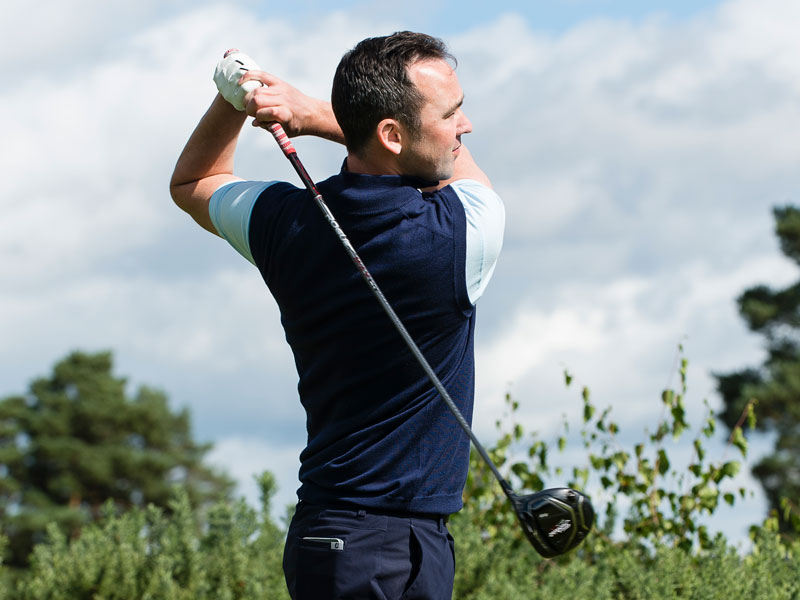

Analysis from Arccos 360 shows that amateur golfers are losing distance on their drives
Stats Show Amateur Golf Driving Distance Has Decreased
Driving distance may be going up on the professional tours but it is actually decreasing for club golfers, according to statistics from on-course data tracking system Arccos 360.
Arccos has revealed an in-depth analysis on amateur golfer driving distances that shows a decline over the last year.
The analysis follows the recent USGA and R&A 2017 Distance Report that disclosed an “unusual and concerning” rise within the professional game.
Arccos analysed over 10 million drives hit by amateur golfers in more than 100 countries between 2015 and March 2018.
The data revealed that driving distance across all handicaps and age groups has either remained the same or decreased.
Get the Golf Monthly Newsletter
Subscribe to the Golf Monthly newsletter to stay up to date with all the latest tour news, equipment news, reviews, head-to-heads and buyer’s guides from our team of experienced experts.
“The recent USGA and R&A Distance Report showed a significant average driving distance increase of 3.6 yards across the seven worldwide tours since 2016, so we wanted to see if the same were true among amateur players,” said Andrew Turner, Senior Director of Global Sales at Arccos Golf.
Expand Has Driving Distance On Tour Actually Increased?

Has Driving Distance On Tour Actually Increased?
We take a look at some stats and…
Expand Golf Driving Distance Increase “Unusual And Concerning” – Distance Report 2017

Golf Driving Distance Increase “Unusual And Concerning” – Distance Report 2017
2017 saw a huge increase on driving distance…
Expand USGA Chief Mike Davis: “We Do Not Think Distance Is Necessarily Good For The Game”

USGA Chief Mike Davis: “We Do Not Think Distance Is Necessarily Good For The Game”
Davis was speaking to SiriusXM PGA Tour Radio…
“What we found was that even allowing for winter weather conditions, amateurs have struggled to gain distance on their drives and some age groups have gone backwards,” he added.
In 2015, the average distance for all drives by amateur golfers was 220.63 yards.
Three years later that average has dropped to 217.07 yards, according to Arccos’ data analysis.
The biggest drop came from golfers aged 50-59, who lost nine yards across the three year analysis, leaving the average drive for that age group at 213.45 yards in 2018.
Related: 10 ways to hit the ball further
The average distance for all drives that finish on the fairway has fallen by five yards in three years, from 223.51 yards in 2015 to 218.81 yards in 2018.
Golfers with a handicap of 16-20 had an average distance for drives ending on the fairway of 216.05 yards, yet the Arccos report shows the figure has fallen to 207.45 yards in 2018 within that handicap category.
More than 1 million rounds of golf have been played using Arccos since its introduction on over 40,000 courses worldwide.
It's not all bad news for golfers though, as Arccos users improved their handicap by an average of 3.55 strokes last year - perhaps distance isn't everything?

Location: Bearwood Lakes Golf Club
Alex spends most of his time looking after his stable of players on the DP World Tour, Ladies European Tour and Challenge Tour, focusing primarily on their short games. When home he is available to help your game reach the next level. Alex has experience coaching at multiple Majors, including The Masters, and has helped many pros climb the ranks and earn their tour card.
Most common advice regarding practice:
Block practice has to be individual and have a purpose. Also needs more or less time dependent on area of the game that has more or less variable situations.Skill acquisition needs to be trained separately as well as together. Weaknesses as well as strengths need to be noted so you can play to strengths when performing.
Performance practice is the exam of training on how well you can combine your block practice while matching all the skill acquisitions to achieve a result. When finishing performance practice, there needs to be a reflection on what parts went well and not so well so you can plan redirect your training to improve.
Most common problem with wedges:
Low point depth. Many don’t understand it so I begin there. Another is how to control low point depth and what parts of the body can change it. Understanding and intension affects movement.
Difference between good teachers and great teachers:
Good teachers provide solutions to problems. Great teachers not only teach but coach. Coaching for me is much more personal and goes beyond the lesson tee. Such as looking into stats with a players to then direct sessions to be more productive or might even be listening to problems at home and sharing some advice.
This all impacts performance and creates better environments.
-
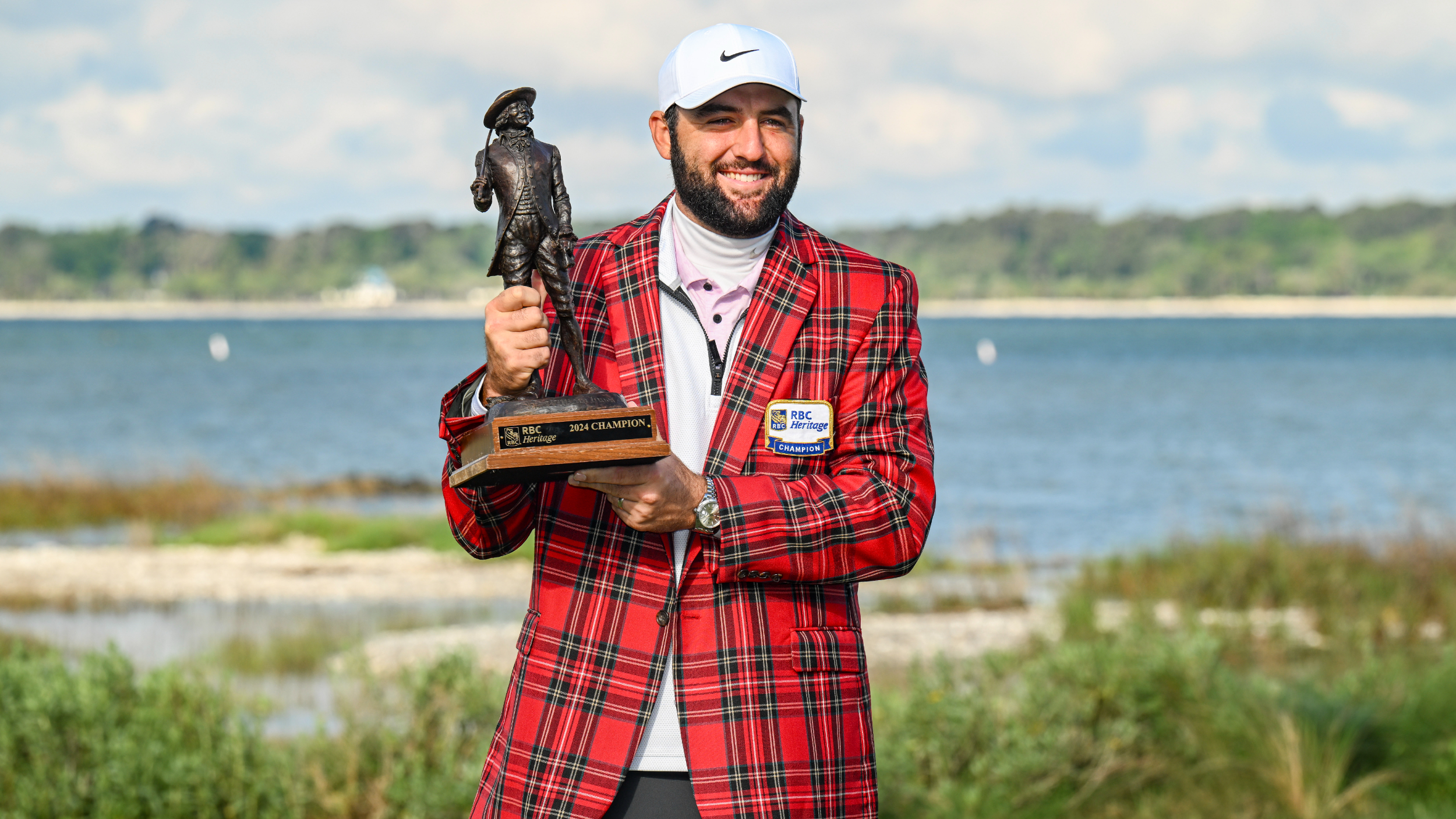 RBC Heritage Prize Money Payout 2025
RBC Heritage Prize Money Payout 2025Scottie Scheffler defends his title at Harbour Town in the latest of the PGA Tour’s signature events
By Mike Hall Published
-
 The Last Time Rory McIlroy Won A Major (Prior To The 2025 Masters)....
The Last Time Rory McIlroy Won A Major (Prior To The 2025 Masters)....We wind the clock back to the year 2014, when Rory McIlroy was the heir-apparent to Tiger Woods
By Michael Weston Published
-
 Is This FootJoy's Most Exciting New Golf Shoe In Years?
Is This FootJoy's Most Exciting New Golf Shoe In Years?Dan Parker discusses whether the new FootJoy Fuel golf shoe has the potential to be FootJoy's most exciting to date...
By Dan Parker Published
-
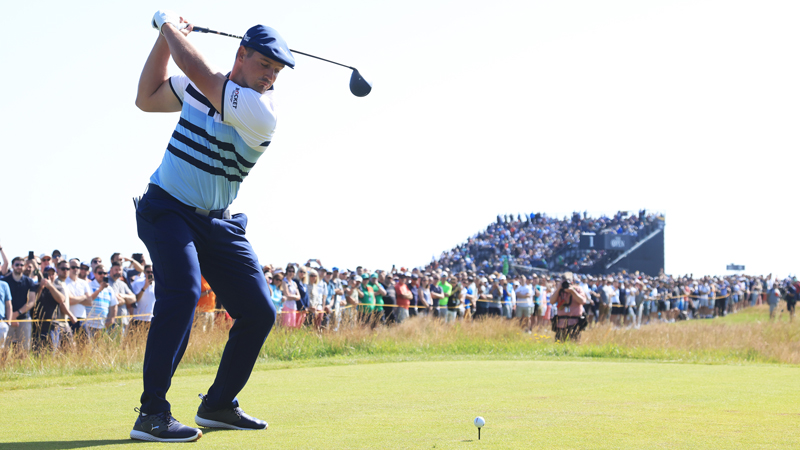 Governing Bodies Crack Down On Distance As Driver Shaft Lengths Limited
Governing Bodies Crack Down On Distance As Driver Shaft Lengths LimitedThe R&A and USGA have introduced a new local rule to ensure professionals and elite amateurs do not use 48-inch driver shafts
By Elliott Heath Published
-
 Five-Year-Old Prodigy Raising Money And Awareness For Organ Donation
Five-Year-Old Prodigy Raising Money And Awareness For Organ DonationGeorge is taking on the challenge to raise money and awareness for organ donation
By Andrew Wright Published
-
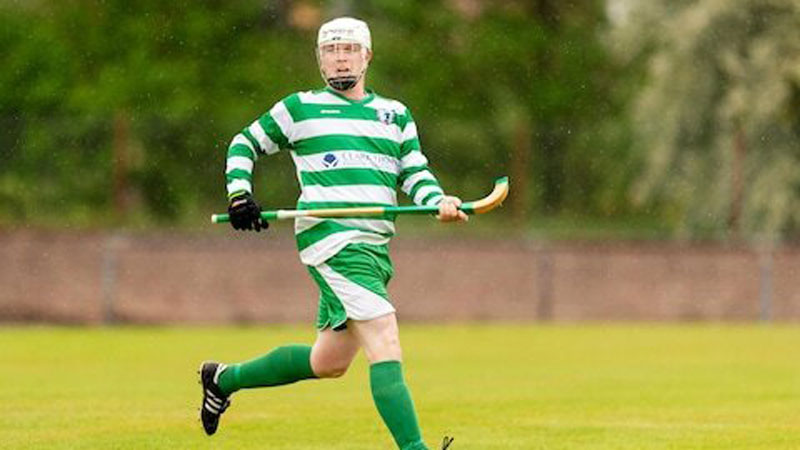 Robert MacIntyre Returns To Shinty After Ryder Cup Disappointment
Robert MacIntyre Returns To Shinty After Ryder Cup DisappointmentThe left-hander has been in action for his local shinty side, Oban Celtic
By Andrew Wright Published
-
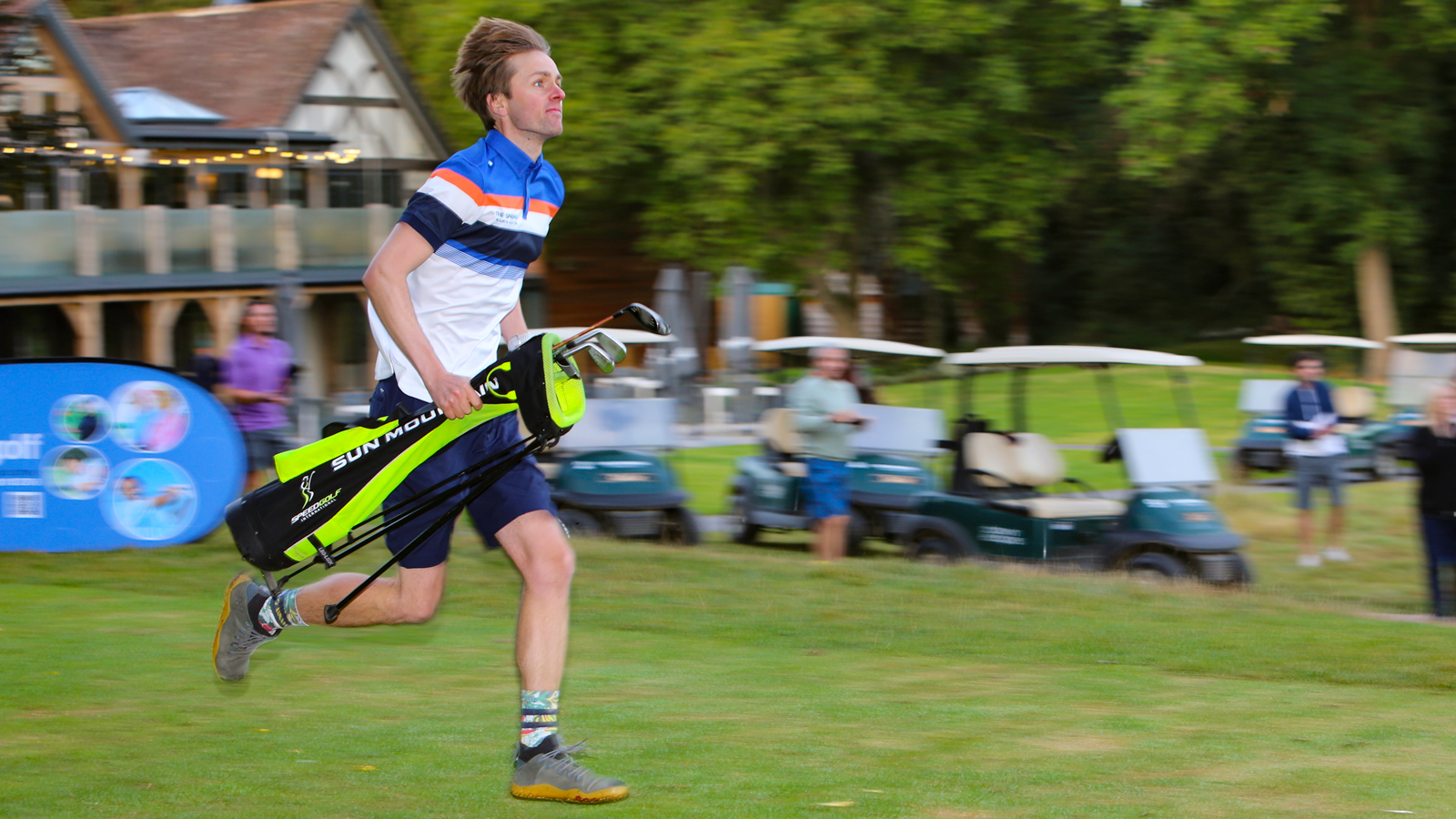 Pro Plays 36 Holes In Under 80 Minutes To Win British Speedgolf Championship
Pro Plays 36 Holes In Under 80 Minutes To Win British Speedgolf ChampionshipBuckinghamshire professional Luke Willett took the British Speedgolf title
By Fergus Bisset Published
-
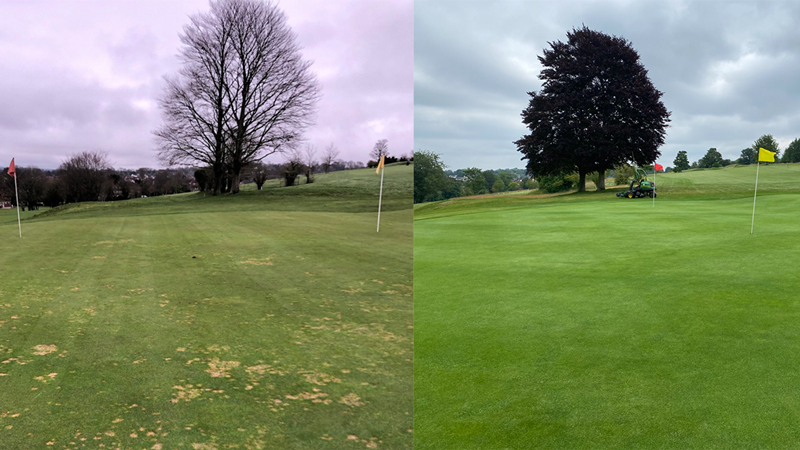 "A Real Kick In The Teeth" - Greenkeeper After "Embarrassment" Course Comments
"A Real Kick In The Teeth" - Greenkeeper After "Embarrassment" Course CommentsWe chat to James Tibbles, head greenkeeper at Andover GC, after he was subject to negative comments on the course's condition
By Elliott Heath Published
-
 Tiger Woods' 2002 Backup Putter Sells For $393,300
Tiger Woods' 2002 Backup Putter Sells For $393,300Tiger Woods' 2002 Backup Putter Sells For $393,300
By Matt Cradock Published
-
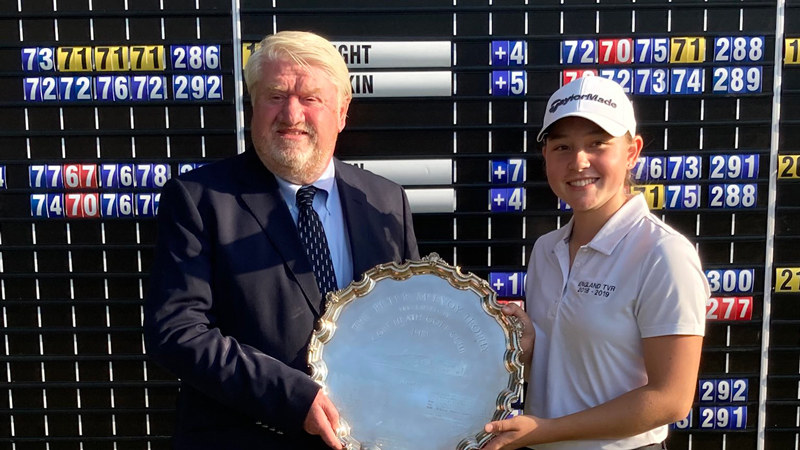 Olivia Lee Wins 2021 Peter McEvoy Trophy
Olivia Lee Wins 2021 Peter McEvoy TrophyOlivia Lee has become the first female to win the historic Peter McEvoy Trophy.
By Dan Parker Published